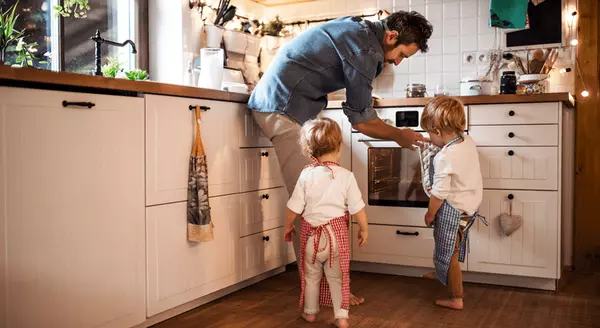
How To Find the Best Deal Possible on a Home Right Now
Want to know how to find the best deal possible in today’s housing market? Here’s the secret. Focus on homes that have been sitting on the market for a while.Because when a listing lingers, sellers tend to get more realistic – and, more willing to negotiate. And that’s where the savviest buyers are

Why So Many People Are Thankful They Bought a Home This Year
Homebuyers are weighing their options right now, and they certainly have a lot on their minds. With everything going on in the job market, the economy, and more – there's a lot to think about these days. And maybe that’s making you wonder if it really makes sense to buy a home right now.But here’s w

Why Buying a Home Still Pays Off in the Long Run
Renting can feel much less expensive and much simpler than buying a home, especially right now. No repairs, no property taxes, no worrying about mortgage rates – you just pay the bill and move on with your life.But here’s the part people don’t talk about enough: renting doesn’t help you build your f
Categories
Recent Posts










